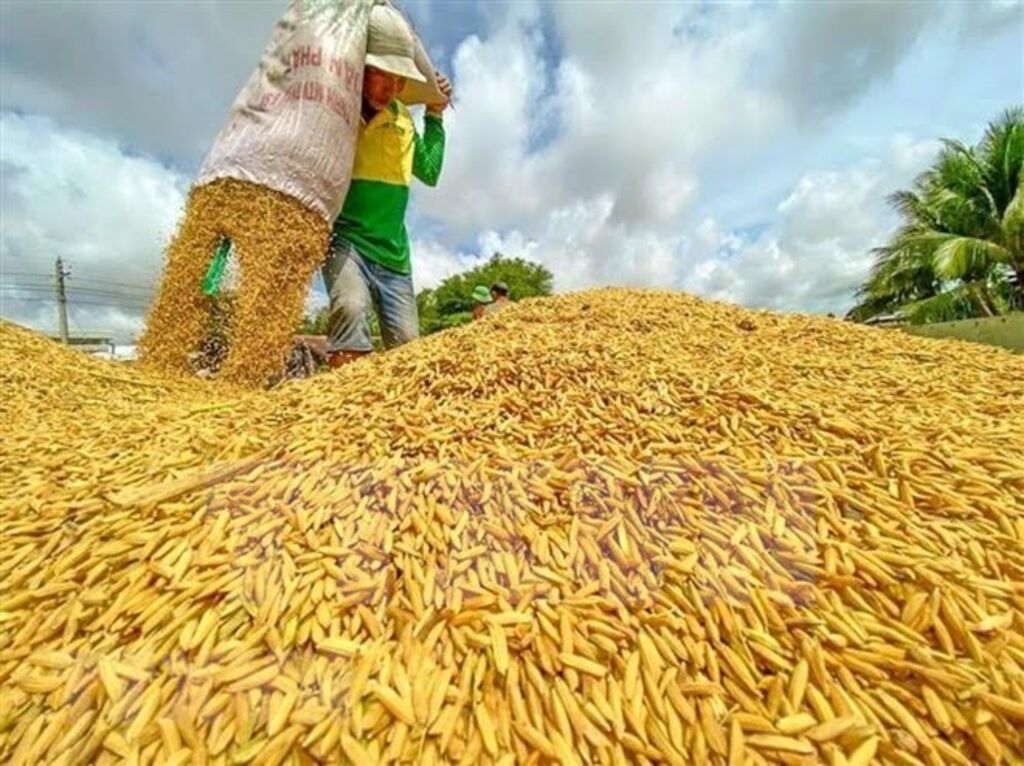 |
| By 2030, rural occupations will attract five million regular laborers and earn over USD 6 billion per year from export activities. |
By 2030, the growth rate of rural occupations will reach 6-7 percent per year with the average income of rural laborers engaged in these occupations 2.5-3 times higher than that in 2020.
Such is a salient point of Decision 1058/QD-TTg on the Strategy for development of rural occupations, approved by the Prime Minister on September 14.
The Strategy’s overall target is to promote the potential of rural areas, improve production and business efficiency, increase income, create jobs, and improve the material and spiritual life for rural inhabitants.
It also aims at protecting the environment, preserving rural landscapes, and promoting the country’s traditions and cultural identity, while developing rural economy associated with ecological agriculture, new-style countryside and civilized farmers.
Specifically, by 2030, rural occupations will attract five million regular laborers and earn over USD 6 billion per year from export activities.
Rural areas are also expected to have 80 percent of trained laborers and 35 percent of laborers possessing degrees and certificates.
Another target is to form concentrated raw material areas to meet up to 70 percent of rural industrial production requirements.
To achieve the above targets, the Strategy identifies seven groups of occupations to be developed in rural areas, including agro-forestry-fishery processing and preservation; production of handicraft products; processing of materials serving rural production; production of timber furniture; rattan, ceramic and glass products, textiles, yarn, embroidery, small-sized mechanical engineering; production and trading of ornamental plants and animals; salt production; and services serving production and life of rural inhabitants.
The Strategy also sets the tasks of preserving and restoring traditional craft villages to make products for both domestic and foreign markets, and develop craft village tourism.-









